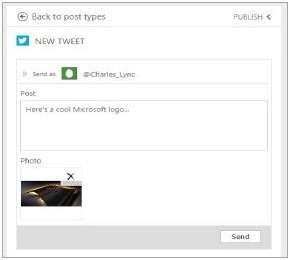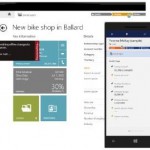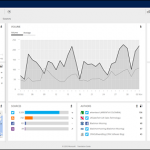
First up, you can now insert images in Social Center posts, so you can reply with a photo when posting to Facebook and Twitter. You can also share any public post in Microsoft Social Engagement as a link on your social profiles. In addition, the layout of the posts list is now easier to read on bigger screens, and load times for posts in Analytics, as well as for post details, have been significantly reduced.
And then there is intention analysis. To increase team efficiency for sales and service organizations, Microsoft Social Engagement automatically detects intentions in social posts (for example, “Information Request” or “Service Incident”). To refine the automated detection of intentions and tags, Microsoft Dynamics CRM offers adaptive algorithms to users. This enables the customization of tagging and intention detection based on your business requirements. With more and more data points, machine learning will be able to continuously improve its identification of intentions defined by your organization. There are also three new supported sentiment languages: Arabic, Chinese, and Japanese.
And finally, you can automatically link posts matching your filter criteria to CRM entities such as cases and leads. Combine this with intention analysis to set up an automated triage process. For example, you can automatically identify and route customer issues on social media to your service department as cases.








